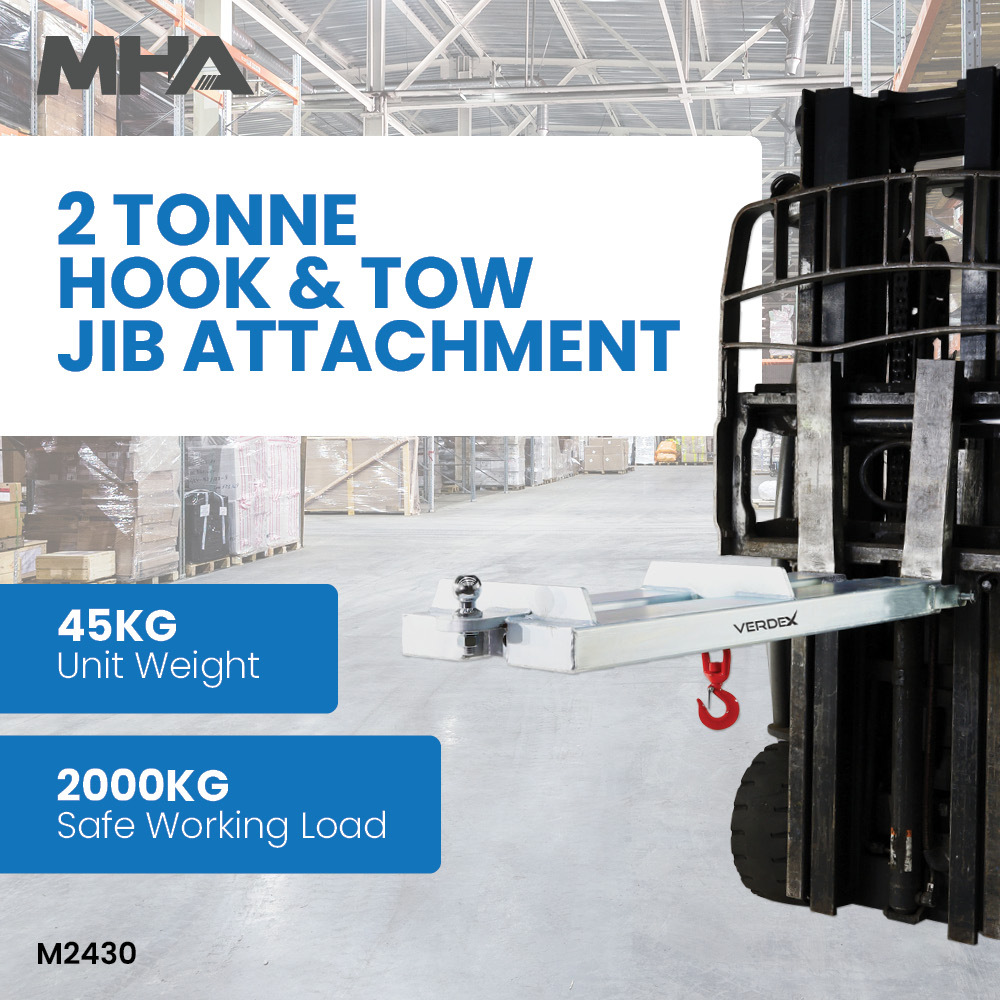The Forklift Jib's Role in Material Handling
Date Posted:5 July 2024
With their adjustable configurations, robust construction, and specialized features, forklift jibs enable forklift operators to perform a wide range of lifting tasks with precision and efficiency.
In the realm of material handling, forklifts serve as indispensable tools for lifting, moving, and positioning heavy loads with precision and efficiency. Forklift jibs, also known as forklift booms or crane attachments, further enhance the versatility and functionality of forklifts by allowing them to handle a wider range of loads and perform specialized lifting tasks. With their robust construction and adjustable configurations, forklift jibs play a crucial role in various industries, including construction, manufacturing, warehousing, and logistics.
Versatility and Functionality
Forklift jibs are designed to extend the capabilities of forklifts by providing additional reach and lifting capacity for handling bulky or oversized loads. These versatile attachments can be used for a variety of lifting applications, including:
Lifting and Positioning: Forklift jibs allow forklift operators to lift and position loads in areas that are difficult to reach with standard forks, such as elevated platforms, mezzanines, or confined spaces. The adjustable boom length and angle enable precise positioning of the load with minimal effort.
Loading and Unloading: Forklift jibs are commonly used for loading and unloading trucks, trailers, and containers, where overhead clearance may be limited. The extended reach provided by the jib allows forklifts to reach into tight spaces and maneuver loads safely and efficiently.
Handling Long or Awkward Loads: Forklift jibs are ideal for handling long, bulky, or irregularly shaped loads that cannot be safely transported using standard forks. The adjustable boom configuration and swiveling hook or attachment point accommodate a variety of load shapes and sizes, providing flexibility and versatility in material handling operations.
Types of Forklift Jibs
Telescopic Jibs: Telescopic forklift jibs feature a telescoping boom that can be extended or retracted to reach varying heights and distances. This adjustable feature allows for precise positioning of the load and maximizes reach while maintaining stability.
Fixed-Length Jibs: Fixed-length forklift jibs have a stationary boom length that is designed for specific lifting tasks or load requirements. While less versatile than telescopic jibs, fixed-length jibs are often more compact and cost-effective for simple lifting applications.
Articulating Jibs: Articulating forklift jibs, also known as knuckle booms, feature multiple pivot points that allow the boom to articulate or bend in different directions. This flexibility enables the jib to reach around obstacles or access hard-to-reach areas while maintaining stability and control.
Benefits of Forklift Jibs
Increased Productivity: Forklift jibs enable forklifts to perform a wider range of lifting tasks, reducing the need for manual labor and specialized equipment. This increases productivity and efficiency in material handling operations, allowing for faster turnaround times and improved workflow.
Enhanced Safety: Forklift jibs help to minimize the risk of accidents and injuries associated with manual lifting and handling of heavy loads. By providing a stable and controlled lifting solution, forklift jibs reduce the likelihood of load shifting, falling, or tipping during transport.
Versatility and Adaptability: Forklift jibs can be easily attached and detached from forklifts, allowing for quick customization and adaptation to changing lifting requirements. This versatility makes forklift jibs suitable for a wide range of industries and applications, from construction sites to manufacturing facilities.
Innovation and Advancements
In recent years, forklift jibs have undergone innovation and advancements to meet the evolving needs of industries and address emerging challenges. Some notable trends and developments include:
Integrated Safety Features: Modern forklift jibs are equipped with advanced safety features such as overload protection systems, anti-sway mechanisms, and automatic locking devices to ensure safe and secure lifting operations.
Remote Control Operation: Some forklift jibs incorporate remote control technology, allowing operators to control the boom movement and load positioning from a safe distance. This enhances safety and efficiency in material handling operations, particularly in hazardous or confined environments.
Smart Monitoring Systems: Integration of IoT (Internet of Things) sensors and monitoring systems enables real-time tracking and monitoring of forklift jib performance, including load weight, boom angle, and operating conditions. This data can be used to optimize lifting operations, prevent equipment damage, and improve maintenance scheduling.
Forklift jibs play a critical role in enhancing the versatility, productivity, and safety of forklifts in material handling operations. With their adjustable configurations, robust construction, and specialized features, forklift jibs enable forklift operators to perform a wide range of lifting tasks with precision and efficiency. As technology continues to advance and industry demands evolve, forklift jibs will continue to undergo innovation and development, providing businesses with increasingly sophisticated solutions for optimizing material handling operations and driving operational excellence.
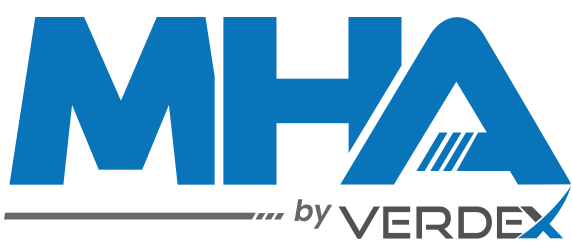


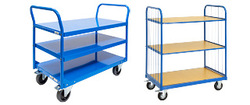

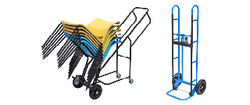


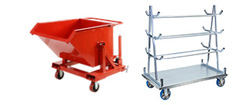
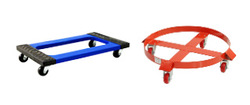
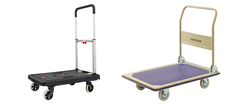
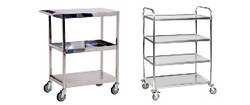

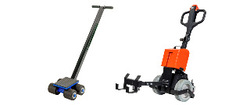
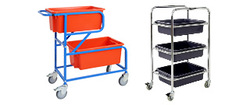
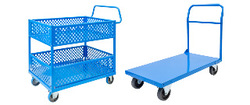
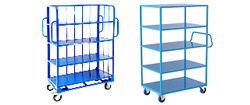
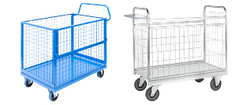
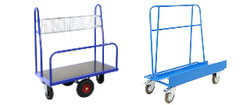
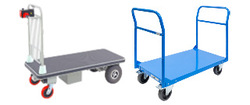
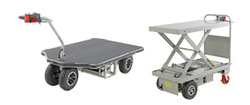
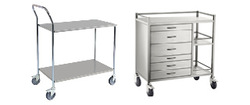
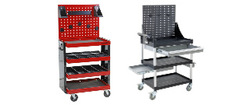
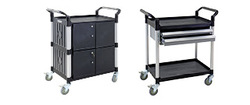
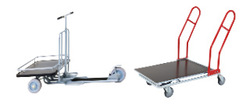
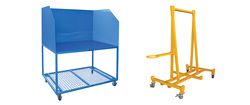



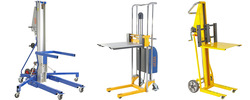



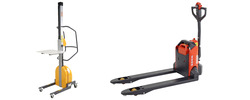
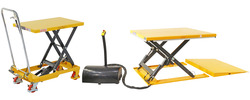
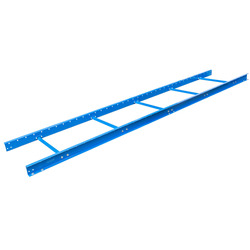
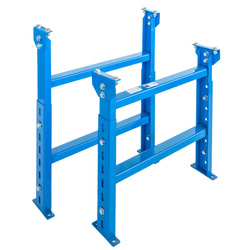

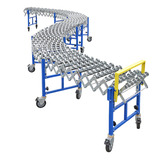



















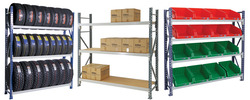
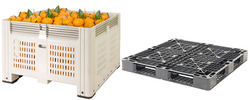
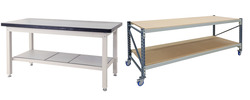
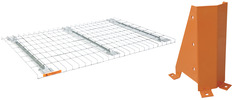
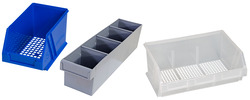

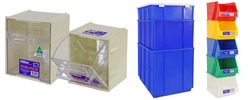

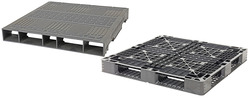

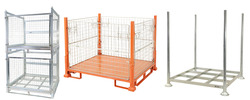

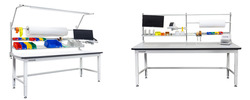

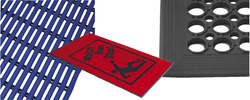
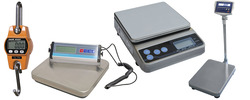



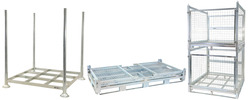
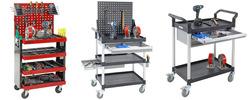
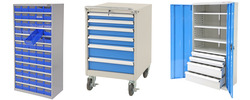

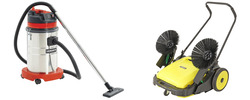





















































 Trolleys / Hand Trucks
Trolleys / Hand Trucks 2 Tier Trolleys
2 Tier Trolleys 3 Tier Trolleys
3 Tier Trolleys Aluminium Trolleys
Aluminium Trolleys Appliance & Hand Trucks
Appliance & Hand Trucks Cage Trolleys
Cage Trolleys Cleaning Carts & Trolleys
Cleaning Carts & Trolleys Construction Trolleys
Construction Trolleys Dollies
Dollies Foldable Trolleys
Foldable Trolleys Hospital Trolleys
Hospital Trolleys Laundry/Linen Trolleys
Laundry/Linen Trolleys Load Skates & Tow Tugs
Load Skates & Tow Tugs Mail / Office Trolleys
Mail / Office Trolleys Multi Purpose Trolleys
Multi Purpose Trolleys Multi-Tier Shelf Trolleys
Multi-Tier Shelf Trolleys Order Picking Trolleys
Order Picking Trolleys Panel Cart Trolleys
Panel Cart Trolleys Platform Trolleys
Platform Trolleys Powered Trolleys
Powered Trolleys Stainless Steel Trolleys
Stainless Steel Trolleys Tool Trolleys
Tool Trolleys Utility Carts
Utility Carts Warehouse Trolleys
Warehouse Trolleys Custom Trolleys
Custom Trolleys Lifting Equipment
Lifting Equipment Forklift Attachments
Forklift Attachments Jib Attachments
Jib Attachments Lifting Hoists & Pallet Hooks
Lifting Hoists & Pallet Hooks Manual Stackers & Lifters
Manual Stackers & Lifters Pallet Jacks
Pallet Jacks Pallet Lifters
Pallet Lifters Pallet Rotators & Dispenser
Pallet Rotators & Dispenser Powered Pallet Trucks & Electric Lifters
Powered Pallet Trucks & Electric Lifters Scissor Lift Trolleys and Tables
Scissor Lift Trolleys and Tables Conveyor Equipment
Conveyor Equipment Conveyor Frames
Conveyor Frames Conveyor Stands
Conveyor Stands Roller Conveyors
Roller Conveyors Skate Wheel Conveyors
Skate Wheel Conveyors Access Equipment
Access Equipment Container & Yard Ramps
Container & Yard Ramps Step Stools & Ladders
Step Stools & Ladders Work Platforms & Crane Cages
Work Platforms & Crane Cages Drum Handling
Drum Handling Drum Storage & Bunding
Drum Storage & Bunding Drum Trolleys & Lifters
Drum Trolleys & Lifters Forklift Drum Handling
Forklift Drum Handling Containment & Spillage
Containment & Spillage Aerosol Cans Storage Cages
Aerosol Cans Storage Cages Bunded Pallets & Storage
Bunded Pallets & Storage Corrosive Goods Storage Cabinets
Corrosive Goods Storage Cabinets Flammable Liquid Cabinets
Flammable Liquid Cabinets Forklift Gas Storage Cages
Forklift Gas Storage Cages Gas Cylinder Storage
Gas Cylinder Storage Site Storage
Site Storage Spill Kits
Spill Kits Stillage Cages
Stillage Cages Waste Handling
Waste Handling Bin Lifters & Tippers
Bin Lifters & Tippers Plastic Waste Bins and Carts
Plastic Waste Bins and Carts Steel Waste and Tipping Bins
Steel Waste and Tipping Bins Storage Equipment
Storage Equipment Heavy Duty Cabinets & Benches
Heavy Duty Cabinets & Benches Heavy Duty Shelving
Heavy Duty Shelving Mega Bins & Pallets
Mega Bins & Pallets Packing Benches
Packing Benches Pallet Racking Accessories
Pallet Racking Accessories Parts Trays & Stor-Pak Bins
Parts Trays & Stor-Pak Bins Pegboard & Louvre Panels
Pegboard & Louvre Panels Plastic Bins
Plastic Bins Plastic Handling Solutions Bins
Plastic Handling Solutions Bins Plastic Pallets
Plastic Pallets Stack & Nest Bins
Stack & Nest Bins Storage Cages
Storage Cages Workplace Equipment
Workplace Equipment Workbenches
Workbenches Modular Workbenches
Modular Workbenches Electric Height-Adjustable Workbenches
Electric Height-Adjustable Workbenches Floor Matting
Floor Matting Industrial Weighing Scales
Industrial Weighing Scales Pallet Wrapping & Packaging Machinery
Pallet Wrapping & Packaging Machinery Ramps
Ramps Stationery Cupboards
Stationery Cupboards Storage and Stillage Cages
Storage and Stillage Cages Tool Trolleys
Tool Trolleys Tooling Cabinets
Tooling Cabinets Wheelie Bins
Wheelie Bins Workshop Equipment
Workshop Equipment Safety Equipment
Safety Equipment Gloves and PPE
Gloves and PPE Pallet Rack Post Protectors
Pallet Rack Post Protectors Safety Barriers & Bollards
Safety Barriers & Bollards Safety Knives & Cutters
Safety Knives & Cutters Signs and Traffic Supplies
Signs and Traffic Supplies Tool & First Aid Boxes
Tool & First Aid Boxes Construction Equipment
Construction Equipment Concrete Equipment
Concrete Equipment General Site Equipment
General Site Equipment Lifting Equipment
Lifting Equipment Site Storage
Site Storage Waste
Waste  MHA's Specials
MHA's Specials

